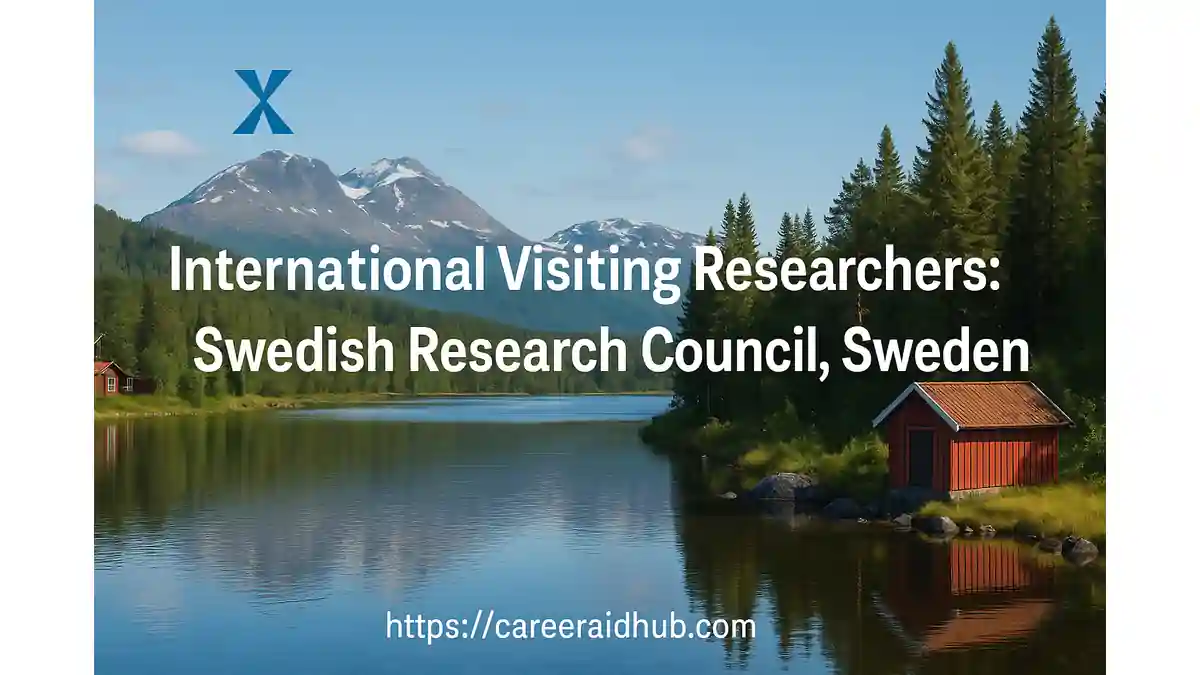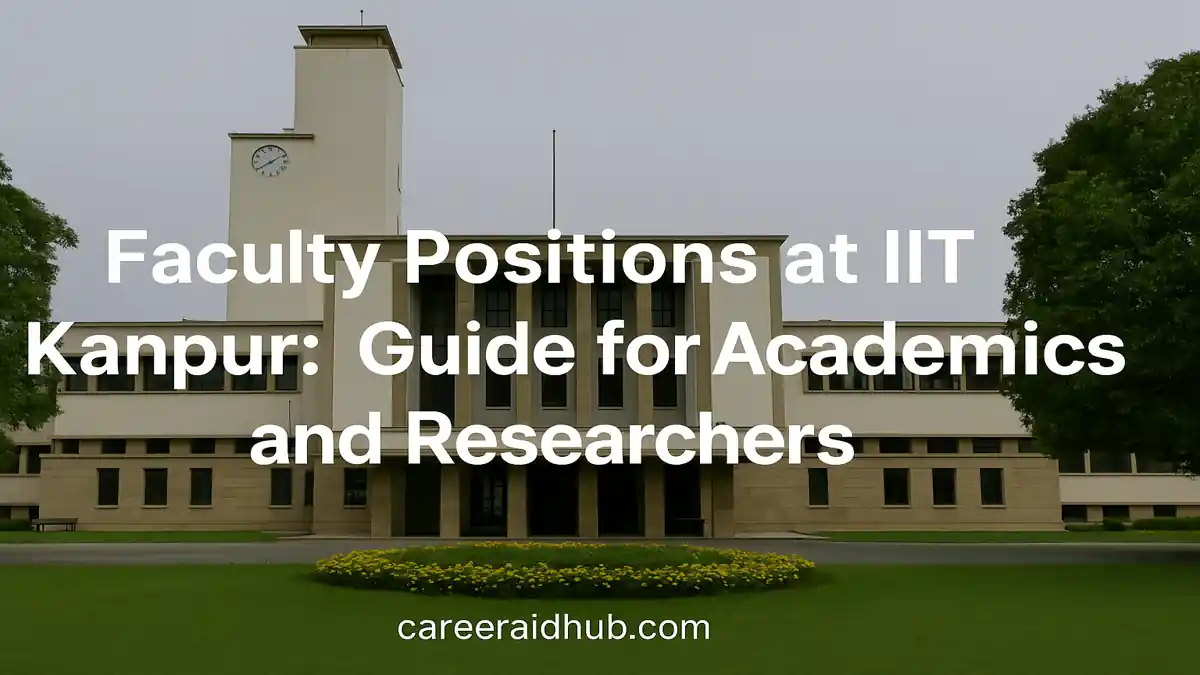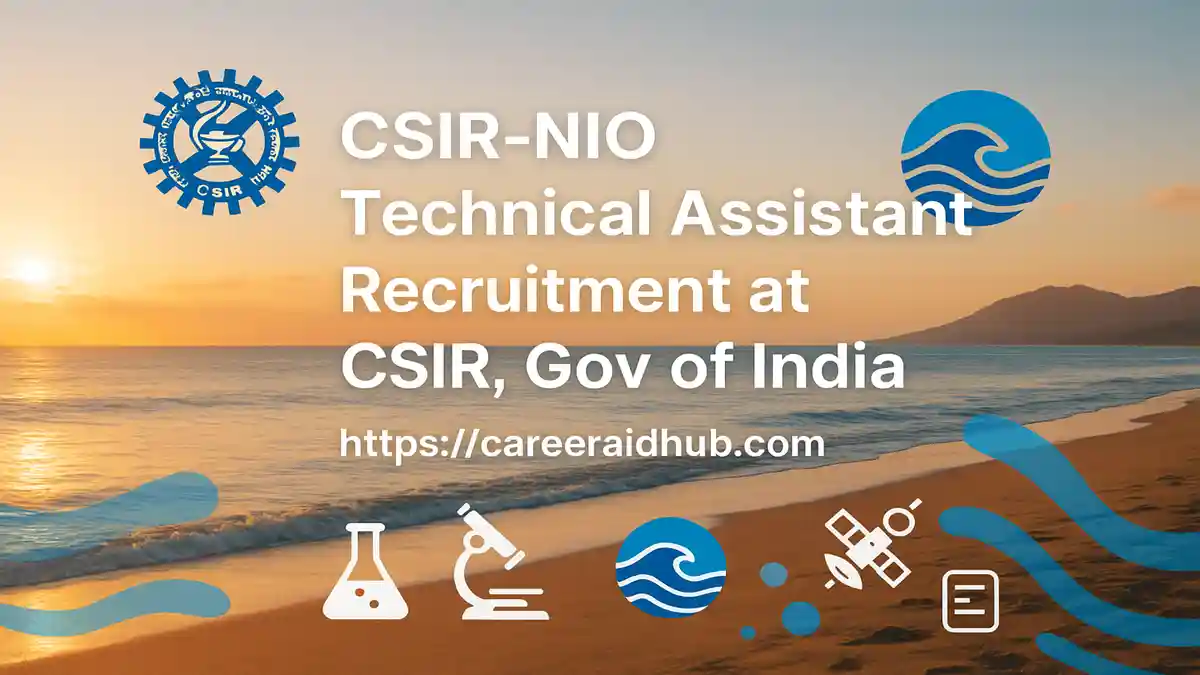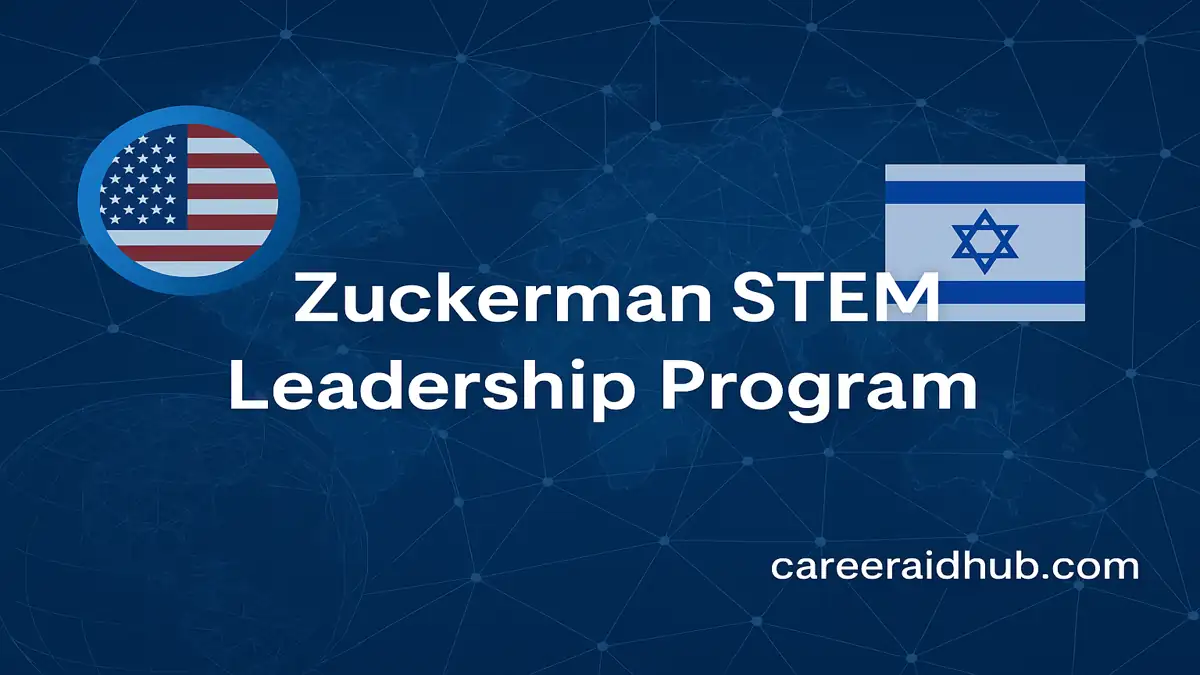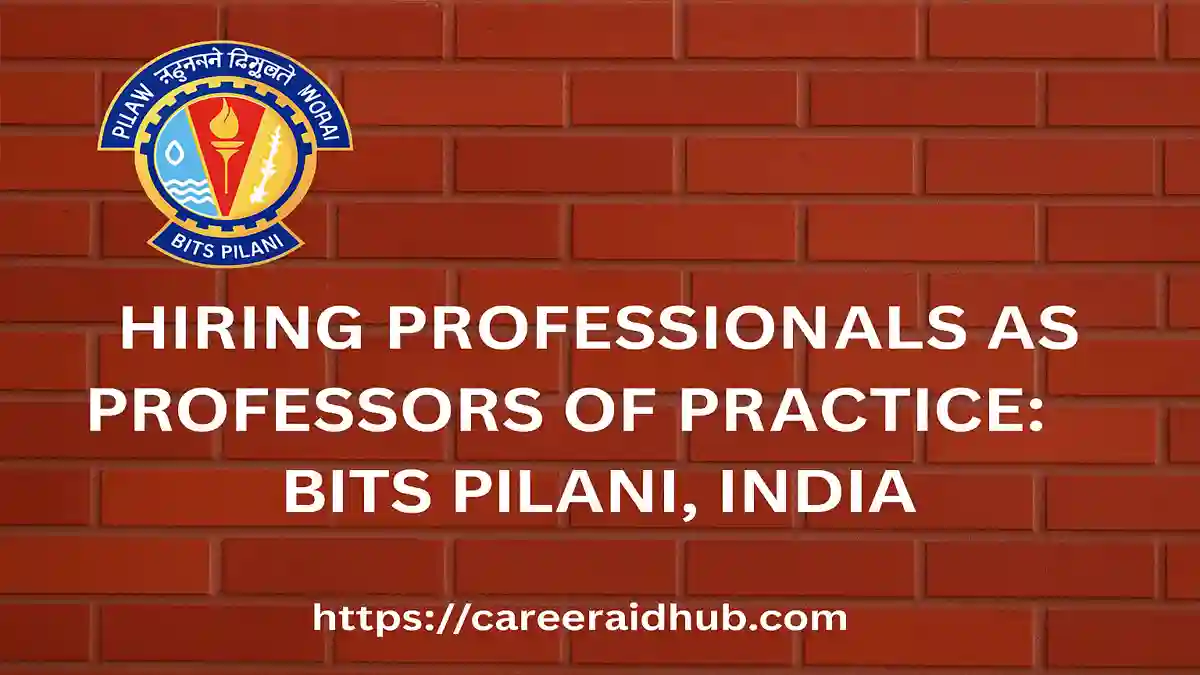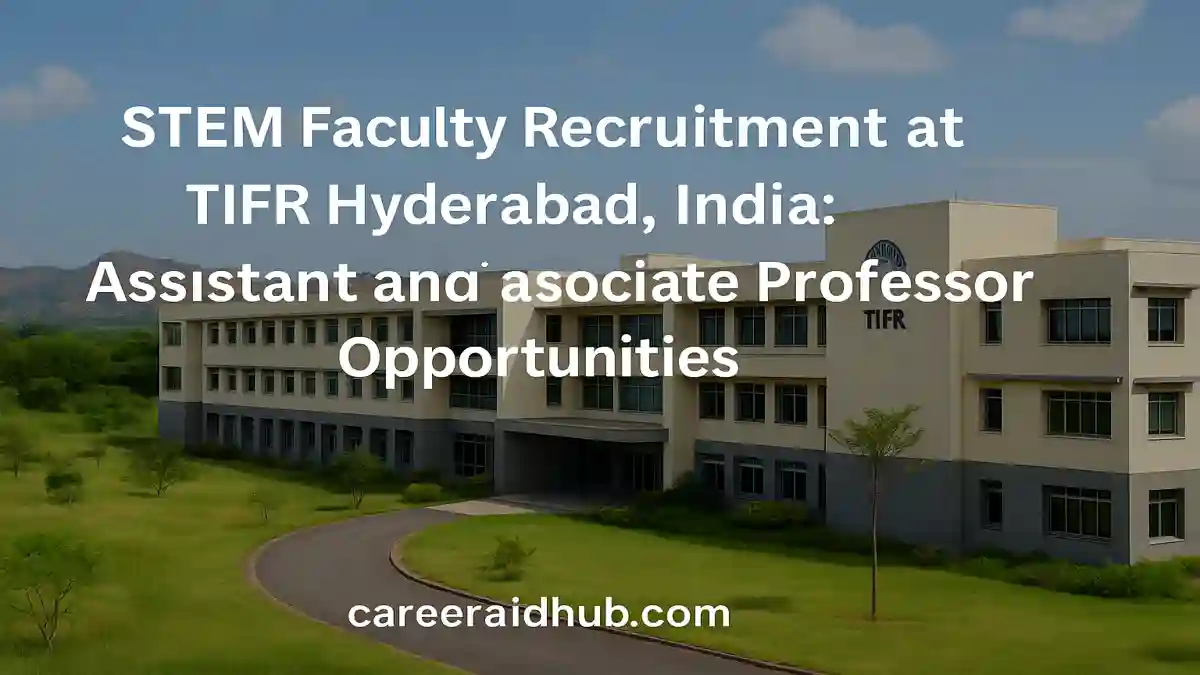Grant for Recruiting International Visiting Researchers to Sweden (Swedish Research Council)
The Swedish Research Council (Vetenskapsrådet) offers a targeted grant that enables Swedish universities and research organisations to recruit a prominent researcher active outside Europe for a time-limited visit in Sweden. The instrument is designed to develop and strengthen a research field at the host by financing reasonable recruitment and employment costs during the stay.
Sweden aims to attract leading scholars from outside Europe. This grant enables Swedish universities and research organisations to host a prominent visiting researcher for a focused period, accelerate field-building, and seed durable collaborations. Plan early, budget realistically, and align the visit with a clear strategy for long-term impact.
Why This Call Matters
Swedish departments compete globally for talent, methods, and data. By underwriting the recruitment of a high-profile visitor, the grant gives hosts a fast, credible way to inject new expertise, initiate collaborations, and catalyse group growth. Because the call specifically targets researchers established outside Europe, it can open networks and approaches not yet embedded in Swedish teams. As a result, visits often lead to joint publications, shared infrastructure
Key Facts at a Glance
-
-
Purpose: Support costs associated with recruiting and employing an international visiting researcher in Sweden for a limited period.
-
Applicant organisation: A Swedish higher education institution (HEI) or other eligible research organisation applies; individuals do not apply independently.
-
Nominee profile: A prominent researcher with ongoing employment and research activity outside Europe who intends to contribute to Swedish research during the visit.
-
Indicative level and period: Public information around launch signals up to approximately 2 MSEK for around 12 months; hosts must verify the exact amounts and timing on the current call page.
-
Assessment and decisions: Applications undergo peer review; decisions are published on the Council’s calls-and-decisions hub after administrative processing.
-
Eligibility and Compliance (Host Responsibilities)
Eligible Host Organisations
Applicant organisations must be Swedish HEIs or research bodies eligible to receive state research funding. The host department proposes the nominee, drafts the work plan, secures internal approvals, and submits the application through the organisation’s authorised representatives.
Approval to Receive Visiting Researchers
When hosting
Residence Permit Considerations
The visiting researcher typically needs a residence permit for research, issued by the Swedish Migration Agency. The process usually requires a hosting agreement with an approved research principal and documented funding. Consequently, HR and international offices should coordinate early to ensure the start date is realistic.
What a Competitive Proposal Looks Like
1) Strategic Fit and Field Strengthening
Anchor the visit to a specific field-building aim. For example, demonstrate how the visitor will introduce a frontier method, unlock an external dataset, or connect Swedish partners with a clinical, industrial, or societal stakeholder. Replace generalities with measurable outcomes—commissioned platforms, codified workflows, or a targeted training series.
2) The Nominee’s Profile
The nominee should be internationally recognised and active outside Europe. Summarise their most influential publications, leadership roles, infrastructure access, translational successes, and evidence of group-level impact (for instance, widely adopted software, licensed IP, or coordination of major consortia). Show why this person—not an equivalent
3) Work Plan and Integration
Provide a month-by-month plan that covers research aims, feasibility (data, facilities, ethics), and integration into Swedish teams. Include capacity-building activities—doctoral schools, workshops, and hands-on method transfer. Where relevant, specify co-production with industry or public-sector partners. Finally, outline post-grant continuity: a shared EU bid, a co-supervised cohort, or a pathway to a longer appointment.
4) Budget Realism
Align the indicative 2 MSEK/12-month reference with your institution’s salary scales, social costs, and overheads. Separate recruitment and employment costs from consumables that should be financed elsewhere. Add modest travel and dissemination for impact while avoiding padding. A transparent, defensible budget signals operational readiness.
5) Risk Management
Identify practical risks—permit timelines, data-transfer constraints, facility downtime—and propose mitigations. Examples include mirrored compute, contingency datasets, phased deliverables, or a split-visit schedule to match seasonal or infrastructure dependencies.
Timeline and Internal Workflow
-
-
Early scoping (Month 0–1): Confirm nominee eligibility (outside Europe) and interest. Verify your research-principal approval status and sketch the hosting agreement and permit pathway.
-
Drafting (Month 1–2): Write the scientific case; prepare
a 12-month Gantt, facility letters, partner commitments, and an itemised budget. -
Internal review (Month 2–3): Route the draft through your research office for eligibility checks, cost validation, and formatting.
-
Submission and assessment: Submit well before the closing month if the call uses rolling assessments; early submission often accelerates review.
-
Decision and onboarding: After funding, finalise the contract, begin the residence-permit process, arrange access (IT, cores, data), and register training or outreach events.
-
Practical Tips from Swedish Hosts
-
-
Pair the visitor with a local co-PI skilled in procurement and HR to compress onboarding time.
-
Train early-career researchers through a bootcamp or mini-school that leaves reusable materials.
-
Leverage national infrastructures by registering a pilot project that outlasts the visit.
-
Publish open materials—reproducible notebooks, SOPs, or data documentation—to amplify citation potential and facilitate ongoing collaboration.
-
Example Use Cases (Illustrative)
-
-
AI for life sciences: A Swedish group hosts a U.S. PI renowned for multimodal models. In twelve months they deploy a clinical-data interface, train staff, and co-author an EU proposal.
-
Sustainable materials: A Canadian PI establishes a Swedish node for high-throughput synthesis, mentors postdocs, and co-writes a roadmap with industry partners.
-
Polar climate systems: An Antarctic field leader deploys a sensor network with Swedish collaborators, leaves a shared data pipeline, and standard operating procedures for future seasons.
-
Budgeting Checklist
-
-
Salary and on-costs for the visiting researcher employed in Sweden.
-
Recruitment costs, including advertising and eligible relocation services.
-
Domestic travel and integration activities to embed the visitor across sites and partners.
-
Workshops and doctoral training directly linked to field-strengthening goals.
-
Minimal essential equipment/consumables if indispensable for launch; most research costs should come from other sources.
-
Common Pitfalls (and Fixes)
-
-
Nominee not “outside Europe.” Confirm the person’s primary employment and research base before drafting.
-
Vague field-strengthening case. Translate ambition into metrics: a commissioned platform, a training target, or a co-authored guidance paper.
-
Late compliance checks. Verify research-principal approval and permit timelines early; delays can derail onboarding.
-
Over-broad aims. Focus on what a 12-month visit can realistically deliver; plan handover to Swedish staff.
-
How Decisions Are Communicated—and What to Do Next
The Swedish Research Council posts funding decisions on its official calls-and-decisions hub after peer review and processing. If successful, move immediately to HR onboarding and migration formalities; if not, request feedback, refine the field-building narrative, and consider resubmission when the call reopens.
Final Word
This grant is a high-leverage tool for Swedish hosts seeking to elevate a research area by welcoming an established leader from outside Europe. With a focused plan, a credible budget, and timely attention to approvals, departments can convert a short visit into a sustained collaboration—and, potentially, a longer appointment in Sweden. For authoritative details, always consult the current call page on the Swedish Research Council website.
Feature Summary
| Feature | Details |
|---|---|
| Program | Grant for Recruiting International Visiting Researchers to Sweden |
| Country | Sweden |
| Funded By | Swedish Research Council (Vetenskapsrådet) |
| Duration | Approximately 12 months (visit period at the host) |
| Study Mode | Full-time, in-person visit based at a Swedish HEI or research organisation |
| Eligibility | Applicant: Swedish HEI/research organisation. Nominee: prominent researcher with current employment and research activity outside Europe. |
| Financial | Reasonable recruitment and employment costs; limited travel/integration activities as budgeted; research consumables generally funded from other sources. |
| Fields of Study | All scientific fields hosted at eligible Swedish organisations, subject to the call’s scope and panel availability. |
| Deadline | Closing month will be announced on the call page; please submit well before the final month to avoid congestion. |
| Official | Recruiting-International-Visiting-Researchers |
Next Cycle (Indicative): Historically, calls of this type cluster around spring announcements with autumn conclusions. Therefore, expect an opening in spring and a closing window in late autumn—we will update soon once the Council confirms months on the call page.
Frequently Asked Questions
It funds Swedish host organisations to recruit a prominent researcher based outside Europe for a focused visit that strengthens a priority research field.
Eligible Swedish higher education institutions and research organisations apply as host institutions; individual researchers do not submit standalone applications.
A recognized researcher, currently employed and active outside Europe, who can significantly advance the host’s research capacity during a time-limited stay in Sweden.
It usually supports reasonable recruitment and employment costs during the visit, plus essential integration activities; research consumables often require separate funding.
Generally, the reference period is around twelve months; however, hosts must confirm exact duration and conditions on the current call page.
Proposals undergo peer review. Therefore, you should demonstrate strategic fit, measurable field strengthening, credible budgeting, and a clear plan for post-visit continuity.
Provide a month-by-month work plan, facility commitments, partner letters, a realistic budget, a risk register, and evidence of the nominee’s international prominence.
Yes. Moreover, the host must hold approval to receive visiting researchers, and the nominee typically needs a research residence permit before starting.
Begin immediately after scoping the nominee. Additionally, align HR, finance, and legal reviews early to meet call deadlines and migration timelines.
Outline concrete post-grant actions: joint funding bids, co-supervised students, shared platforms, open-science materials, and a path toward continued collaboration or recruitment.

